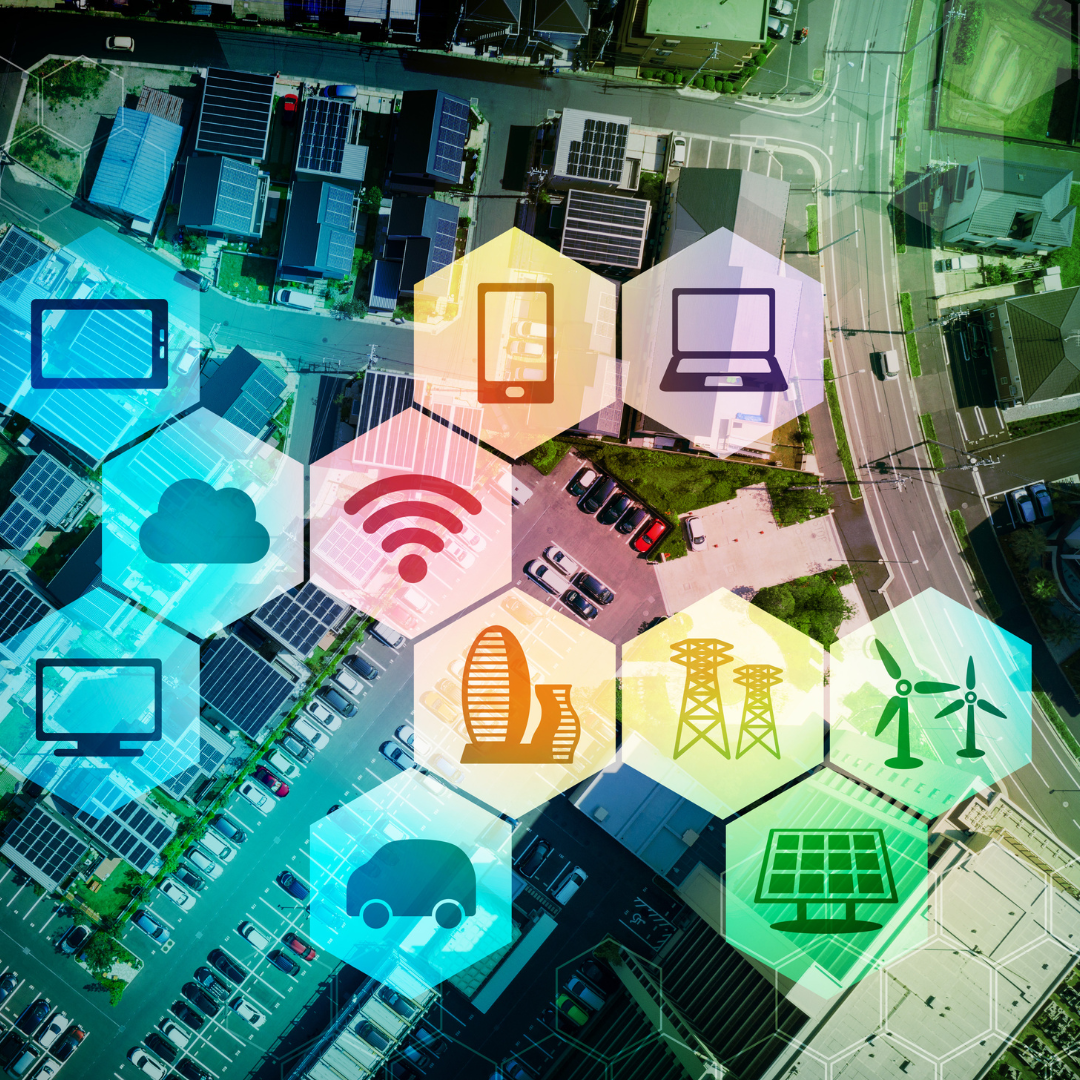
IoT Device Security
IoT Device Security For Business
As the world becomes increasingly connected, the Internet of Things (IoT) has seen explosive growth in recent years. Currently, over 10 billion IoT devices are connected to the internet, and this number is projected to reach 25 billion by the end of the decade. In this blog we will look at securing unmanaged IoT devices.
What IoT Devices Are Connected to the Internet?
Most homes already have a “smart device,” such as a smart speaker, thermostat, or doorbell camera, which connect to your Wi-Fi and smartphone for convenience. However, beyond homes, the use of IoT devices in commercial and industrial sectors is growing rapidly. Examples include:
- CCTV systems
- HVAC systems
- Security systems
- Refrigerators
- Vending machines
- Lighting systems
- Solar Panels
The two key drivers for IoT adoption in businesses are efficiency and convenience.

How Do IoT Devices Benefit Businesses?
For businesses, IoT devices streamline operations and simplify management. Take, for example, a smart coffee vending machine that automatically notifies the vendor when it requires refilling or maintenance. This reduces unnecessary site visits and allows staff to focus on critical tasks, resulting in significant cost savings, especially for larger companies.

The Critical Need for IoT Device Security
However, the convenience of IoT devices comes with risks. Simply connecting your device to the internet is not enough—it must be protected from cyber threats. Unfortunately, many smart devices come with minimal or no security features, leaving them vulnerable to cyber-attacks. An unprotected IoT device can lead to:
- Theft of sensitive business data
- Major operational disruptions
- Hefty regulatory fines
- Long-term reputational damage
To secure your IoT devices, it’s crucial to implement constant monitoring, protect all linked data, and segment your infrastructure.
Why Segmented Infrastructure is Key to IoT Device Security
Many businesses rely on firewalls and basic cybersecurity measures, which only offer perimeter protection. But what happens if a cybercriminal breaches those defences? Without network segmentation, hackers can move freely across your network, accessing any data they want.
A segmented infrastructure divides your network into distinct sections, each with its own set of rules and access controls. This makes it easier to:
- Contain breaches and minimise damage.
- Control which employees can access specific network segments, reducing the risk of human error.
- Improve monitoring to detect suspicious activities more effectively.
- Enhance network performance by reducing unnecessary data traffic between segments.
Managing IoT Devices in a Modern Cyber Threat Landscape
Many cyber-attacks today are Zero Day attacks, meaning they exploit vulnerabilities that are unknown or have no existing defence. Traditional cybersecurity tools, like antivirus software, often fail to detect these new threats.
However, a well-designed segmented network combined with managed IoT device monitoring can reduce the risk to your business, providing better protection in an era of increasing cyber threats.

